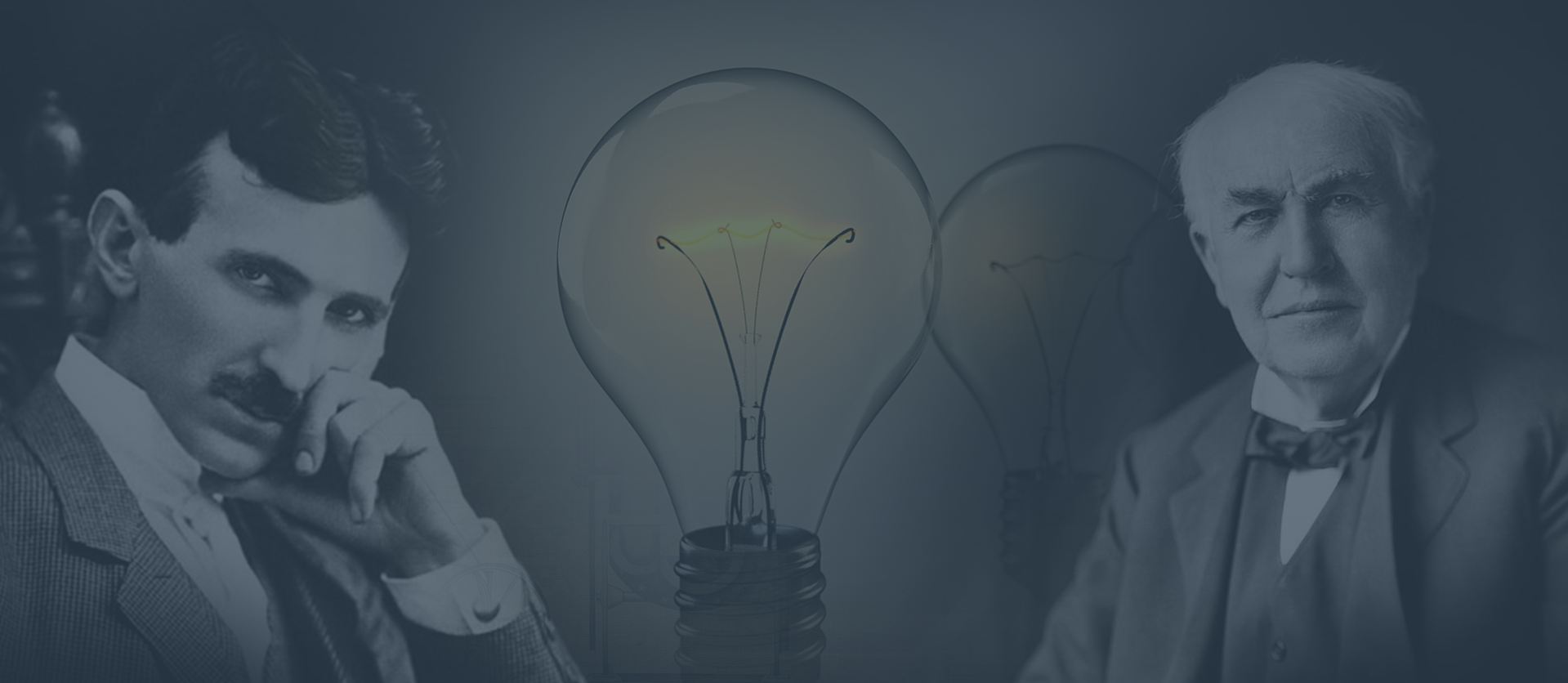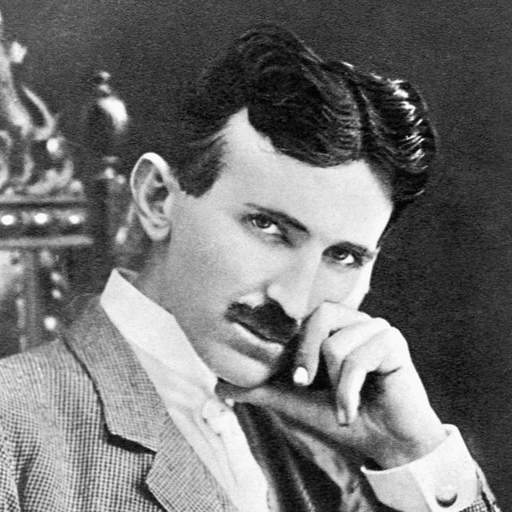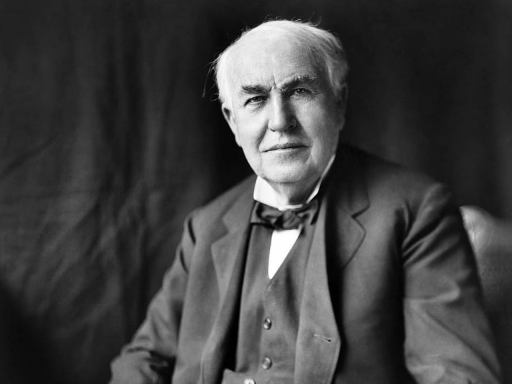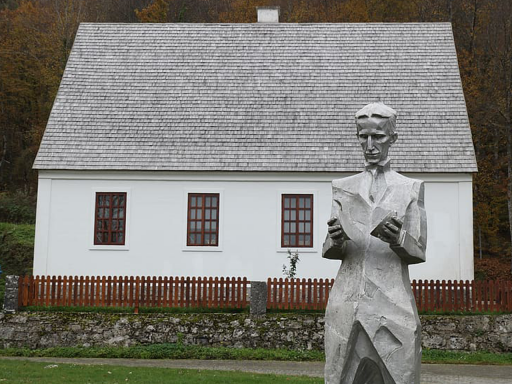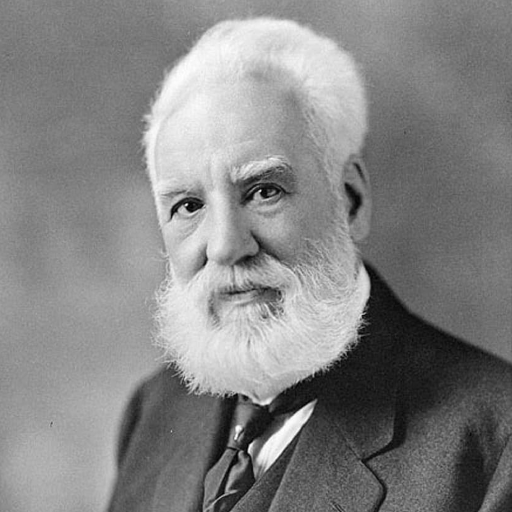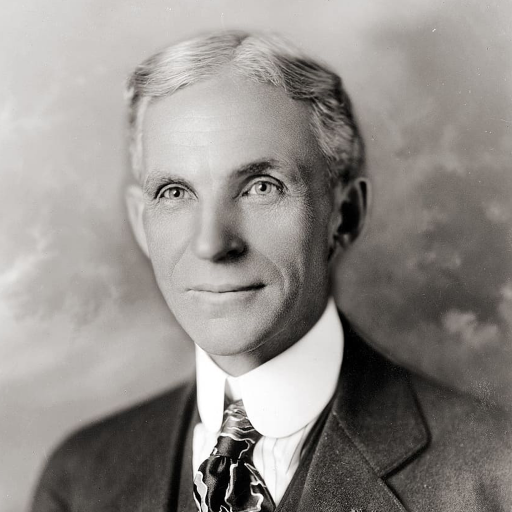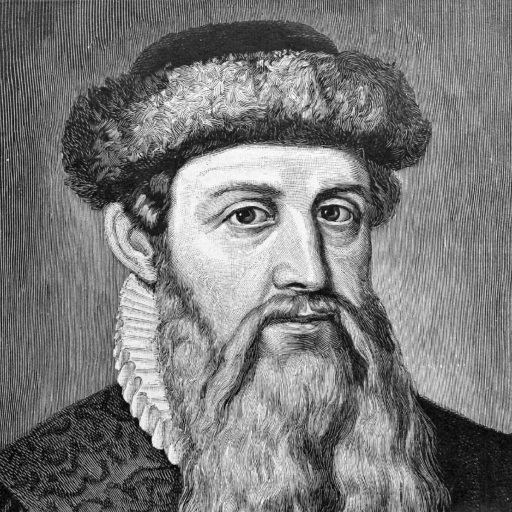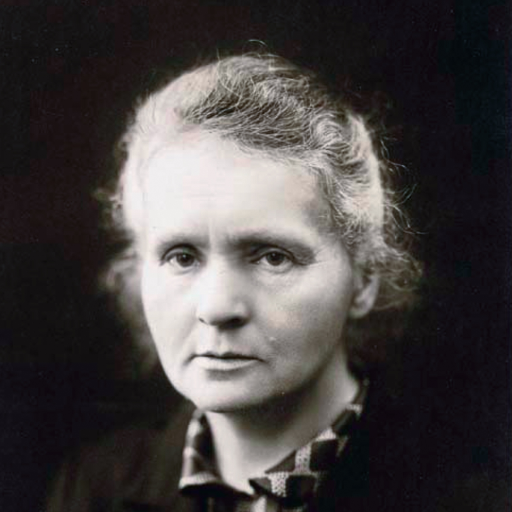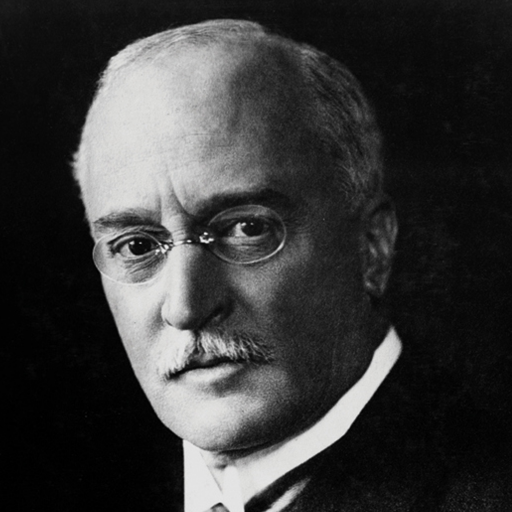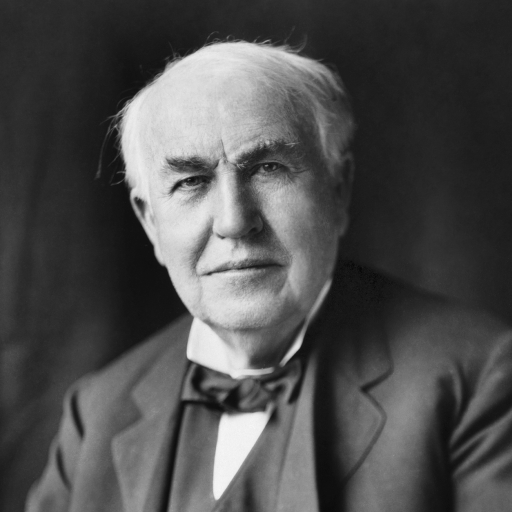Here are some fun facts about a famous inventor, Nikola Tesla. Two of the sentences are not true. Try to guess which ones by selecting True or False and then check your answers by clicking on the CHECK button.
- Učenik nakon slušanja zvučnog zapisa o izumiteljima pokazuje razumijevanje rješavanjem zadataka dopunjavanja.
- Učenik nakon čitanja teksta o Nikoli Tesli pokazuje razumijevanje odgovaranjem na postavljena pitanja.
1 Fun facts
2 Reading
Read the text about Nikola Tesla and answer the questions to check your understanding.
GRAMMAR FOCUS
| We use the Past Continuous to talk about actions which were in progress in the past |
|---|
| ->In 1884, Tesla and Edison were working alongside each other. |
| We often use the Past Continuous together with the Past Simple in narrative situations. We use the Past Simple to talk about an action which was interrupted by another action in progress in the past (Past Continuous) |
|---|
| ->Around 1900, Tesla's investors were starting to have doubts about his system so he had to abandon the project. |
| We use the Past Simple to talk about short actions in the past |
|---|
| ->Two years later, he received funding for his new electric company. |
3 Listening
Now listen to a report about two inventors, Henry Ford and Alexander Graham Bell. After listening, complete the sentences with the Past Simple or Past Continuous form of the verbs in brackets.
Henry Ford (1863-1947) was an important American inventor who designed the Ford model T automobile and a method of assembly line production that made the model T the first affordable car for the American consumer. Over the years, he was trying to bring a fair product at a fair price to the public. Nearly 15 million were sold in the US alone. Although Ford didn't invent the assembly line, he used it to revolutionize the manufacturing process. Ford was a shrewd businessman and a showman, but he had a fairly thin skin so in 1919 he sued the Chicago Tribune for libel because they called him an anarchist and ignorant idealist. During 1922, he was writing and rewriting his autobiography over and over again.
Alexander Graham Bell (1847-1922) was born in Scotland but his parents immigrated to Canada in 1870, after his two brothers died of tuberculosis. They soon moved to Boston where they established speech therapy practices and they were mostly teaching deaf children to speak. Helen Keller was one of Bell's pupils and when they met she was not only blind and deaf but also unable to speak.
Although his principal source of income was working with the deaf, he continued to study sound. First he invented the photophone, then his own flying machine and a metal detector in an unsuccessful attempt to locate the fatal slug in the body of James Garfield, the American president. He started working with Thomas Watson and on June 2nd, 1875, while they were experimenting with Bell's harmonic telegraph, the men discovered that sound could be transmitted over a wire. Although it was a completely accidental discovery, the telephone was born.
4 Check your understanding
Complete the sentences with the Past Simple or Past Continuous form of the verbs in brackets.
5 Questions and answers
Write YES/NO questions for the sentences.
6 Time for research
Do some research into famous inventors, like Johannes Gutenberg, Marie Curie, Thomas Edison or Rudolph Diesel. Write 150 to 170 words about their life and inventions in your notebook. Try to find one interesting or fun fact about them. Use the Past Simple and Past Continuous while writing.
7 What do you think?
What improvements would you like to see in the future? (More fuel-efficient cars, satellites that detect floods and droughts etc.)
Do you think inventors improve people's lives?
Write your answers in your notebook or discuss them with a partner.
